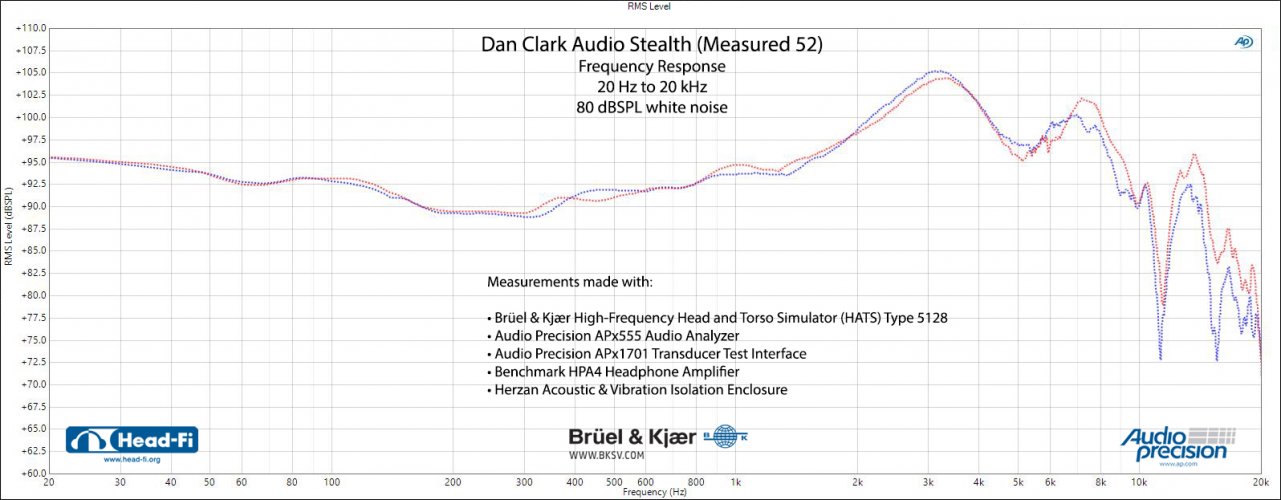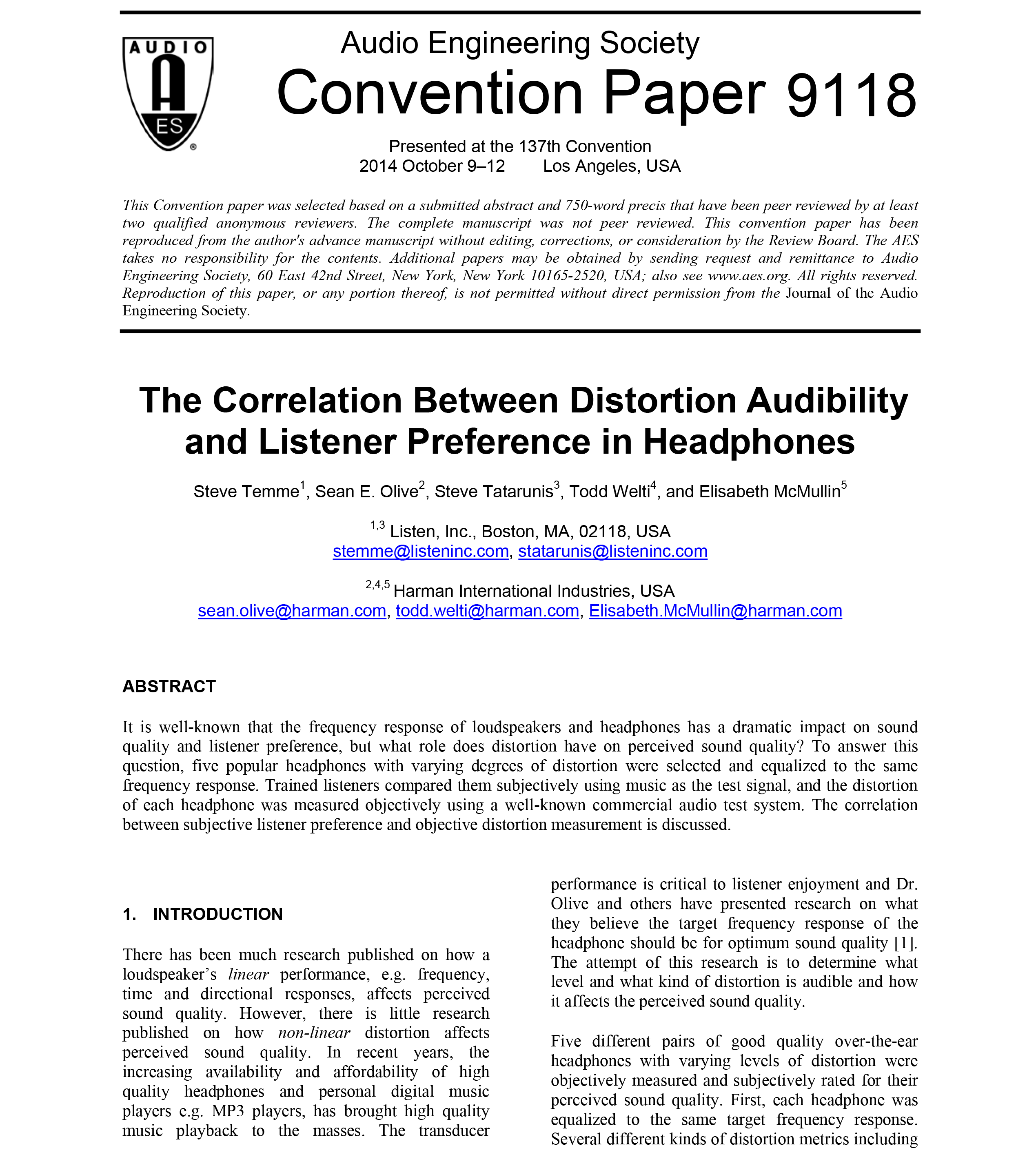I have to admit the excerpt you quoted
is pretty bad, so you do have a point. I can only promise you (since you probably didn't get any further than that) that the rest of the post is probably no better.
I don't believe you.

Of course it's not about assuming that those looking at measurements are dumb-dumbs. It does seem to me, though, that the moment there's an x and y axis and some squiggly lines, they're taken quite literally.
One headphone manufacturer used to include individual measurements with every headphone they shipped, and people would compare their measurements on the forums. As I recall, these were production test measurements, and not comprehensive, averaged sets. So when one headphone's measurement showed more energy or less energy at, say, 5 kHz than another, there was often concern. People would return and exchange headphones to get one that didn't have a measured dip or peak that they didn't see on another's measurements of the same model on the forums.
It was just as likely (probably
more likely) that the differences that were posted were just the kinds of differences you get from one measurement pass to the next, even on the same headphone. As you can see in my measurements above, even two passes on the exact same headphone can result in notable differences.
So it's not about assuming people are doofuses, but knowing that measurements are interpreted
very literally by many -- every dip and peak.
We actually do have some planned, and just have to find the time to put them together. The measurement process can be interesting and challenging.
I will occasionally post things like the above long-winded post -- yes, other long-winded posts -- to explain things about measuring that hopefully some people find interesting or surprising.
If you haven't already seen our Apple AirPods Max measurement steps, you should check out these links:
Here's a post about measuring headphone sensitivity (and headphone sensitivity specs):
I hope we can get to making videos about headphone measurements in the near future. There's a lot of ground to cover with the fascinating Brüel & Kjær 5128, we did (and are still doing) ANC testing and MOS (mean opinion score) testing with Head Acoustics, I'd like to show the fun that can be had with the Audio Precision audio analyzer, and more. It's just about finding the time.
























